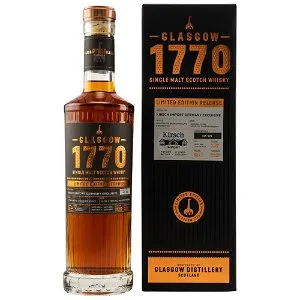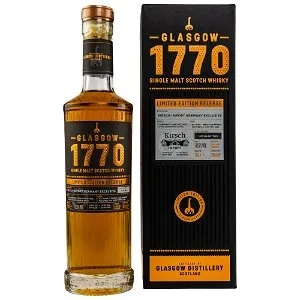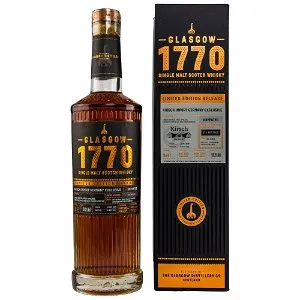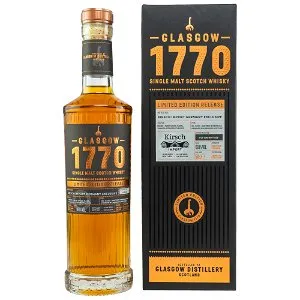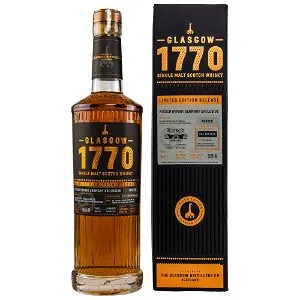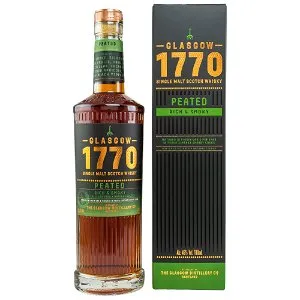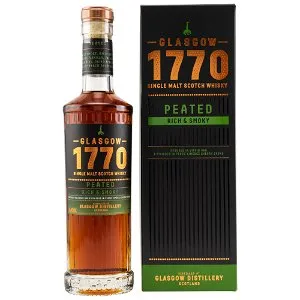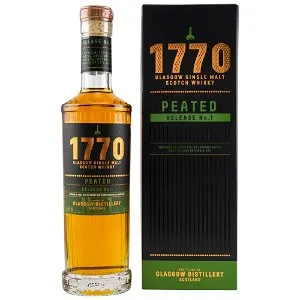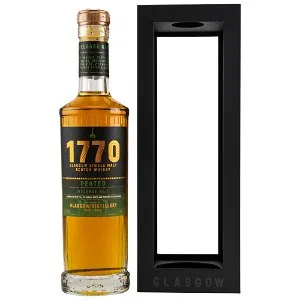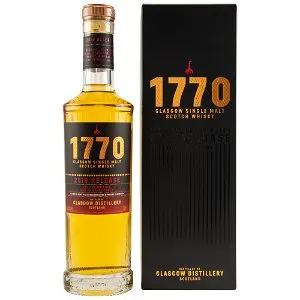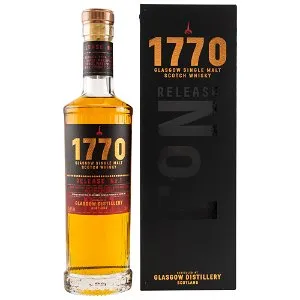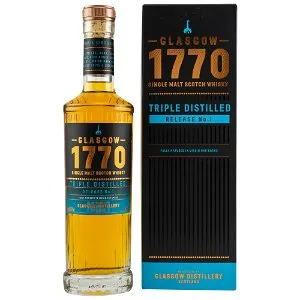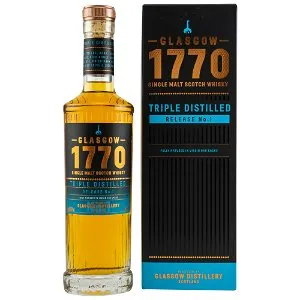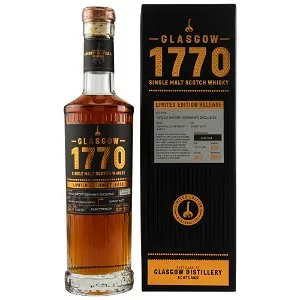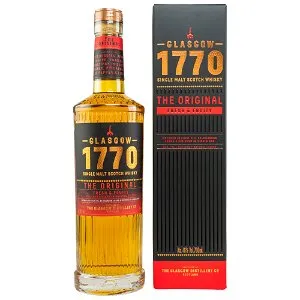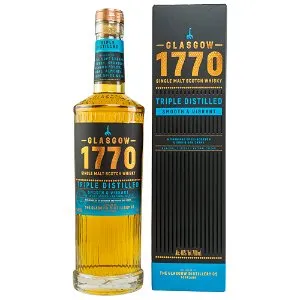Distilando's Whisky Database
1770 Glasgow 2015/2021 - Oloroso Sherry Cask No. 15/165 Limited Edition Germany Exclusive
500ml | 61.7% | Scotland - Lowlands
View details1770 Glasgow 2015/2022 Ruby Port Cask No. 15/102 Limited Edition Germany Exclusive
500ml | 62.5% | Scotland - Lowlands
View details1770 Glasgow 2016/2022 - Tokaji Barrique Finish No. 16/854 bottled for Kirsch
700ml | 59.3% | Scotland - Lowlands
View details1770 Glasgow 2018/2022 - 3 Year Old Moscatel Wine Cask Finish No. 18/959 Limited Edition Germany Exclusive
500ml | 60.1% | Scotland - Lowlands
View details1770 Glasgow 2018/2022 - Moscatel Hogshead Finish No. 18/960 bottled for Kirsch
700ml | 60.5% | Scotland - Lowlands
View details1770 Glasgow 2018/2022 Tequila Cask Finish No. 18/992 Small Batch Series
700ml | 55% | Scotland - Lowlands
View details1770 Glasgow First Fill Marsala Cask No. 17/548 Limited Edition Germany Exclusive
500ml | 61.5% | Scotland - Lowlands
View details1770 Glasgow Single Malt Scotch Whisky Peated Release No. 1
500ml | 46% | Scotland - Lowlands
View details1770 Glasgow Single Malt Scotch Whisky Peated Release No. 1 (New Design)
500ml | 46% | Scotland - Lowlands
View details1770 Glasgow Single Malt Scotch Whisky Triple Distilled
500ml | 46% | Scotland - Lowlands
View details1770 Glasgow Single Malt Scotch Whisky Triple Distilled Release No. 1
500ml | 46% | Scotland - Lowlands
View details1770 Glasgow Single Sherry Butt Limited Edition Germany Exclusive
500ml | 62.1% | Scotland - Lowlands
View detailsWhisky knowledge
Whisky is the most revered spirit in the world. Its heritage dates back centuries and it enjoys a fine reputation in all four corners of the globe.
Recent years have seen an explosion in the spirit’s popularity. New distilleries have opened all over the world and there has never been more variety available to consumers.
Whisky takes different forms across the world but the basics always remain the same: spirit distilled from water and grain and matured in wooden casks. Barley, corn, rye and wheat are all regularly used in production.
The spelling of the word varies but the meaning remains the same. In the US and Ireland, they use whiskey but in Scotland and almost everywhere else, they prefer whisky. Both spellings are an anglicisation of the Gaelic “uisge”, meaning water. Among the Celtic people, the spirit was known as Uisge Beatha, the water of life.
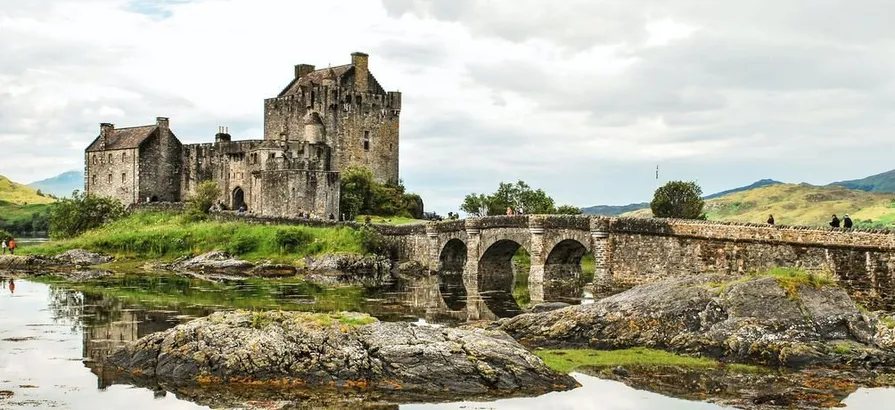
Types
All across the world, there are different whiskies, with many defined by strict regulations.
Whisky produced in Scotland is known as Scotch. When distilled from malted barley it is known as a single malt. If distilled from other grains it is referred to as a single grain. Blenders combine both malt and grain whiskies to make an array of different products. A blended malt is a combination of different malt whiskies. A blended grain is a mix of grain spirit from multiple distilleries. Blended Scotch, meanwhile, is a blend of both malt and grain whiskies from two or more distilleries.
Ireland produces single malt, single grain, blended whiskey and single pot still whiskey. Irish pot still whiskey is distilled from a mash of malted barley, unmalted barley and other grains.
In the United States, the most common style is bourbon. Created using a minimum ratio of 51% corn (maize), bourbon was originally named after a region of Kentucky. Nowadays it can be produced anywhere in the US. American distillers also produce malt whiskey, rye whiskey, rye malt whiskey and wheat whiskey. Rye Whiskey is made from a mashbill of at least 51% rye. It is then aged in charred, new oak barrels.
In Tennessee, they deploy a filtering process to differentiate their product. Their whiskey is filtered through maple wood chips prior to maturation.
Countries
Whisky as we know it originated in Ireland and Scotland. Founded in 1608, the Old Bushmills distillery in Northern Ireland is the oldest operational distillery in the world.
Ireland
The whiskey of Ireland was the most sought after category until the dramatic industry decline of the late 19th century. Recent years have seen a massive resurgence in the spirit's popularity, however. In the ‘70s there were only two distilleries operating in the whole country. Today that number has grown to well over thirty. Popular Irish whiskey brands include Jameson's, Tullamore Dew, Bushmills and Redbreast.
Scotland
Across the Irish Sea in Scotland, the whisky landscape is divided into five unique regions: Highlands, Lowlands, Speyside, Islay and Campbeltown. Historically, each region was known for a particular style. Speyside whiskies were considered fruity and malty whilst those of Islay were maritime and smoky. The Lowlands were light and grassy and Campbeltown oily and coastal. The Highlands is the largest of the geographical regions, making it harder to define. The Highland malts range from coastal and smoky to delicate and floral. Such regional differences are less prominent nowadays as distillers experiment with different styles.
Johnnie Walker is the best selling Scotch whisky brand in the world. Other successful blends include Chivas Regal, Ballantine's and Grant's. Glenfiddich and Glenlivet top sales of single malts, closely followed by brands like Glenmorangie, Macallan, Highland Park and Laphroaig.
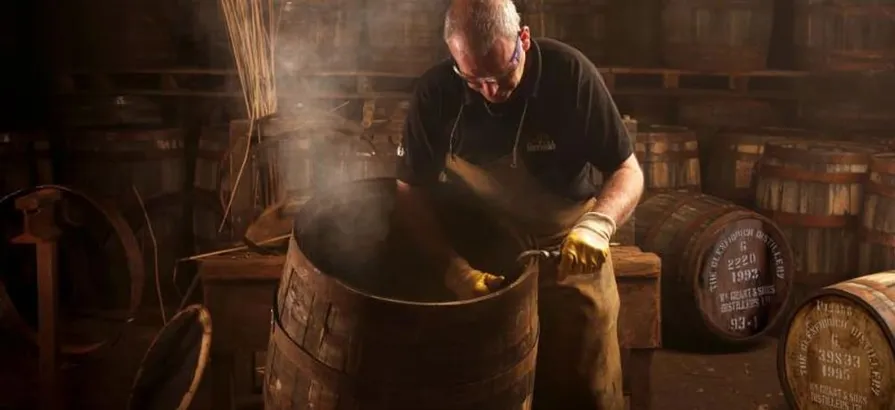
The USA
Early Irish and Scottish pioneers took their distilling knowledge with them to the new world. Wherever those of a Gaelic background went, whisky soon followed. In the United States, early distilling experiments evolved into Bourbon, distilled from the corn that grew in abundance across the heartlands of North America. American whiskey brands include Bulleit, Maker's Mark, Woodford Reserve, Jack Daniel's and Jim Beam.
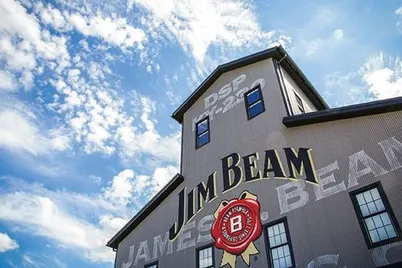

Japan
The Japanese whisky industry took inspiration from Scotland. Prior to producing his own whiskies, Masataka Taketsuru learned the trade at several Scottish distilleries. He took that knowledge home and developed the Japanese whisky industry as we know it today. They produce single malt and grain whisky. The Japanese whisky industry is famous for its blended whiskies. Popular brands include Hibiki, Yamazaki and Nikka From the Barrel.
Canada
Immigrants brought their distilling traditions to Canada, as well. The country is now known for its rye whisky and its blends of different styles. However, Canadian laws allow some additional flavourings to be added to the whisky. Most popular brands include Crown Royal, Black Velvet and Canadian Club.
Whiskies from around the globe
Outside the traditional whisky-producing countries, recent years have seen global expansion beyond anything witnessed before. Distilleries have been established everywhere from Australia and Taiwan to India and China and all across Europe including, Sweden, France, the Netherlands and Germany.
Production
The basic process of making whisky has remained the same for hundreds of years. The early stages of production are similar to that of making beer.
In Scotland, the grains are often dried over a peat fire before being mashed. The pungent aromas of the smoking peat infuse the grain kernels and remain throughout the entire process. This smoky style was traditionally associated with Islay and the west coast. Nowadays, distilleries all over Scotland produce peated versions of their whisky.
Fermentation
Yeast is added to a mash of grains where it converts natural sugars into alcohol. The resultant alcoholic wash, or beer, is then distilled.
Distillation
Where Scotch whisky is usually distilled twice, Irish whiskey is commonly triple distilled, giving it a lighter flavour. Distillation takes place in a still. These can be made from copper or stainless steel. Copper is particularly useful due to its flexibility and its ability to remove unwanted compounds from the spirit. When the still is heated, the liquid inside boils and alcoholic vapours rise up the neck. The vapours then pass through a condenser where they return to liquid form. This process can be repeated once or even twice to achieve greater purity and higher alcoholic strength.
There are two main still varieties, though the exact size and shape can vary greatly. Copper pot stills are used in the production of malt whiskies while column stills are used to make grain spirit. The shape of a still can alter the flavour of a spirit. A tall, narrow still will create a light, delicate spirit as it's harder for heavier vapours to reach the top. A short, squat still will have the opposite effect.
Ageing
When spirit runs from a still, it is as clear as water. For it to become a true whisky, it must first be aged in a wooden cask. The majority of casks are made from oak. In some countries, like Scotland and the US, the use of oak is written in law. Two main species of oak are used: Quercus Alba, or American Oak, and Quercus Robur, otherwise known as European Oak.
In Scotland, a spirit cannot be considered Scotch whisky until it has matured for three years. Most of the casks used to mature Scotch are second-hand. Ex-bourbon casks are the most common but casks that previously held sherry, rum and wine also feature regularly. In America, bourbon must be matured in new "virgin" oak casks. There is no set time but if aged more than two years, whiskey can be labelled "straight" bourbon. Like Scotch, Irish whiskey must be aged for a minimum of three years.
As whisky matures, it interacts with the cask and the outside environment. As temperatures fluctuate, the spirit is pulled into and then drawn out of, the porous oak. In so doing, it extracts flavour from the cask. Any previous cask contents still soaked into the wood can influence the character of the whisky.
Casks are often charred before being filled with spirit. This process caramelises the sugars in the oak and allows the spirit to better penetrate the wood.
Bottling
The strength of a whisky is often reduced with water prior to bottling. 40% alcohol by volume is the most common bottling strength. A whisky that hasn’t been diluted is usually referred to as cask strength or barrel strength.
Bottled whisky often carries an age statement. This age refers to the years spent in cask. The stated age must only relate to the youngest spirit in the recipe. A 10-year-old whisky could potentially contain older spirits but mustn’t contain anything younger than 10.
Whisky in its natural state can turn cloudy in low temperatures. Many distillers use a process known as chill-filtering to prevent this from happening.
History
The exact origins of whisky are something of a mystery. The earliest forms of distillation were carried out by Alexandrian Greeks. However, their work was never intended for human consumption. Further records show distillation taking place in Medieval Iraq. Even the word alcohol comes from the Arabic al-Kuhl. The earliest example of the distillation of alcohol comes from Italy in the 13th century.
Knowledge of distillation techniques was later recorded by Latin monks. An early description by Ramon Llull spread through medieval monasteries. The monks produced spirit for the treatment of colic, smallpox and various other ailments. The Scottish exchequer rolls of 1494 refer to one Friar John Cor of Lindores Abbey. The Friar was asked to make Aqua Vitae for King James IV. It is the earliest written record of distillation in Scotland.
Over time the distilling practice became an agricultural pursuit. Some believe the dissolution of the monasteries led monks to seek employment as farmhands. There, their distilling skills could be put to good use on excess barley stocks.
In those early days, whisky was a very different spirit from the one we now treasure. It was crystal clear in appearance and often flavoured with herbs and spices. Only when wooden casks were used to store and transport spirit were the positive effects of ageing noticed. From then on, distillers would store their spirit in barrels for increasingly long periods of time to improve the flavour.
From Ireland and Scotland, the production of whisky made it out into the world. In the United States, a booming bourbon industry was born while in Canada they developed a taste for the local rye.
During the industrial revolution, whisky transitioned from an agricultural by-product to a mass-produced beverage. Soon it was being exported all over the world. In the early years, Irish Whiskey vastly outsold the competition. In Scotland, however, the development of the column still, designed, ironically, by Irishman Aeneas Coffey, led to a boom in production. Suddenly, grain whisky could be produced cheaply and in bulk. When blended with the characterful malts it created a product ideally suited to the Victorian palate. Blended Scotch went on to conquer the world.
In the States, there were around 2,000 distilleries in operation at the turn of the century. However, the growing temperance movement resulted in the banning of the sale of alcohol in the 1920s. Prohibition had a devastating impact on the country’s whiskey but the effects were also felt further afield. Many distillers went out of business in Ireland and Scotland, where they had come to rely on export to the US.
Some Scottish distillers took full advantage of the situation, however. Their whisky found its way to the States through smugglers and bootleggers. Scotch became the popular choice in the speakeasies of Chicago and New York. When prohibition was repealed, it retained its popularity.
Just as prohibition set in, a Japanese student left Scotland to return home. The young Masataka Taketsuru had spent two years studying at various distilleries. In Japan, he worked with Suntory to create the country’s first whisky distillery. Later, he struck out on his own to establish Nikka. Those companies remain the biggest whisky producers in Japan today.
Whisky has reached new levels of popularity in recent times. Despite political upheaval, trade wars and a global pandemic, sales of Scotch and Irish whiskey continue to grow. In the USA, distilling has returned to pre-prohibition levels.
All around the world, people are discovering whisky and big brands are pushing into new, emerging markets. In addition, extensive research into every facet of whisky production has led to improvements in the process. The quality and consistency of the product have never been better. As a result, there has never been a more exciting time to become acquainted with this finest of spirits.
